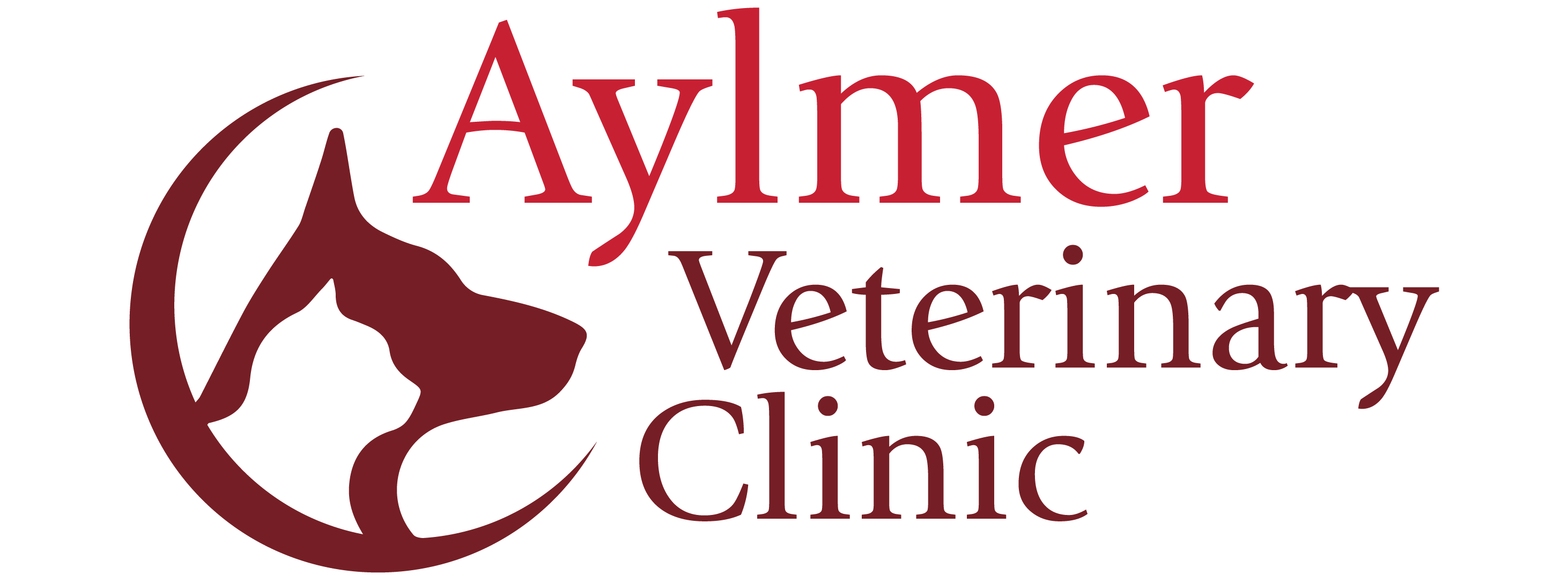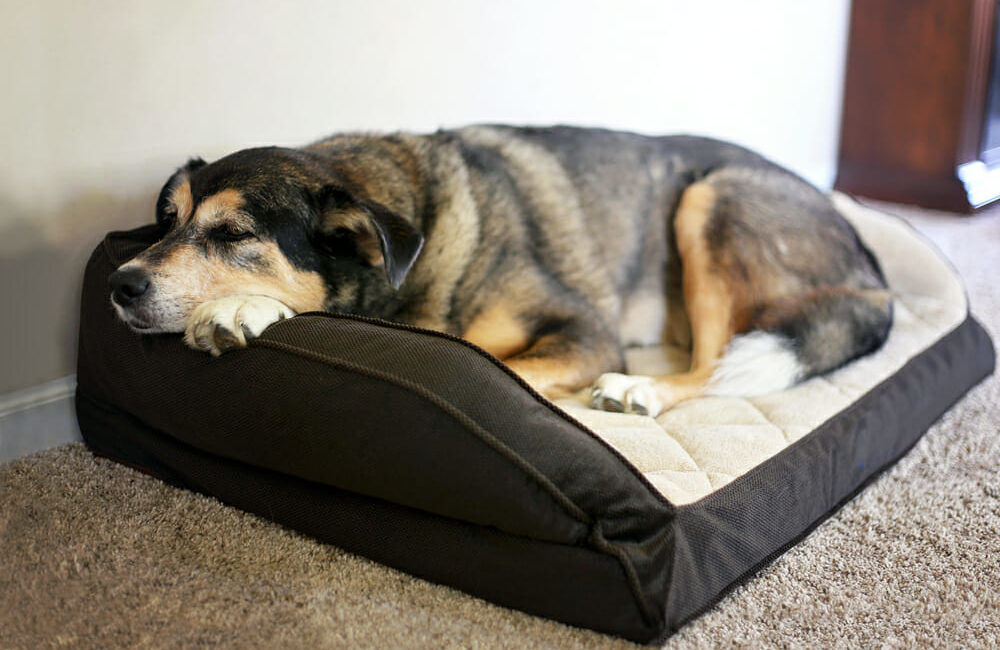As our furry friends’ age, they tend to move slower and slower. Your cat might not be stepping all the way into the litterbox and doing his business over the side? Your dog seems very sore after a day of running with her friends? Likely, your animal is suffering from Osteoarthritis (OA). It’s the most common form of arthritis and is present in 20% of dogs over the age of 1 year. OA is a slow, progressive disorder of the joint. Another common name for OA is Degenerative Joint Disease (DJD).
Common causes of OA:
- Bloodflow – blockages of blood vessels that supply nutrition to the joint
- Joint fluid – natural joint fluid is of a poor quality
- Joint cartilage – a natural shock-absorber that breaks down
- Immune response – body’s response to abnormal processes, such as joint inflammation
OA can cause pain, lameness and inflammation. Some contributing factors of OA are:
- Breed size – large or giant breeds have a higher incidence of arthritis
- Age – more common in older animals
- Weight – overweight animals are more prone to OA
- Breed inherited traits and conformation – such as hip and elbow dysplasia
- Stress activity – excess athletic activities or workload
- Joint injuries
Signs of OA in Dogs and Cats
- Difficulty getting up or laying down
- Reluctance to use stairs
- Limping
- Generally, “slowing down.”
- Slow progression if the above signs
Diagnosis of OA
- X-rays, orthopedic examination, history of animal (i.e., was hit by a car in the past)
Treatment
Your vet will create a treatment plan based on your animals’ lifestyle and progression of the disease
- NSAIDS (non-steroidal anti-inflammatory drugs)
- Only use drugs made for animals!
- Bloodwork should be done before using these medications since NSAIDS can have side-effects.
- Diets
- Dog and cat foods have been formulated to specifically contain therapeutic levels of omega 3 fatty acids, glucosamine, chondroitin, EPA and ALA fatty acids that work together to interrupt the degradation of cartilage.
- Supplements
- Omega 3 fatty acids
- Glucosamine and chondroitin, among others
- Can come in treat form, liquid, capsule, tablet
- Physiotherapy and Rehabilitation
- Decreases the formation of scar tissue
- Helps improve limb function via improved mobility
- Eases the pain of joints by stretching muscles
See your veterinary team help improve your pets’ quality of life by easing their joint pain.
Written by: Kelly Adams-Rankin, Technician




